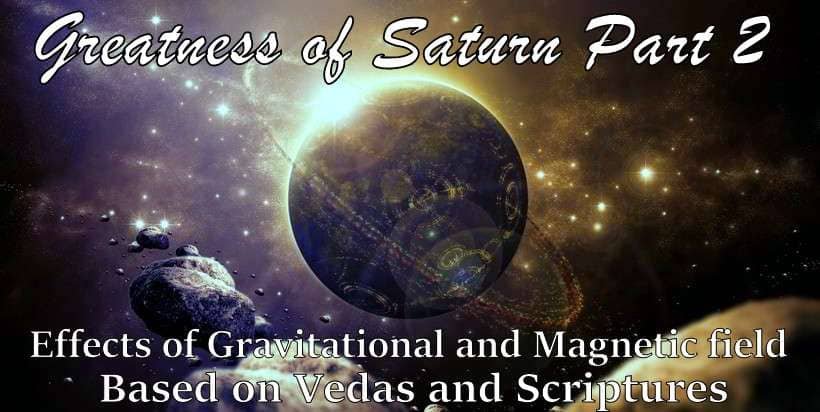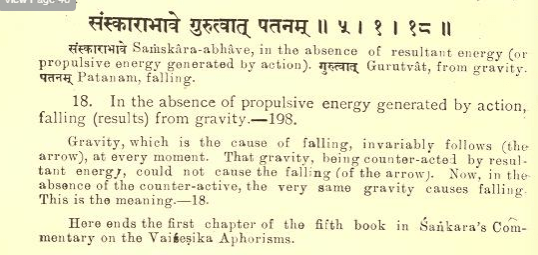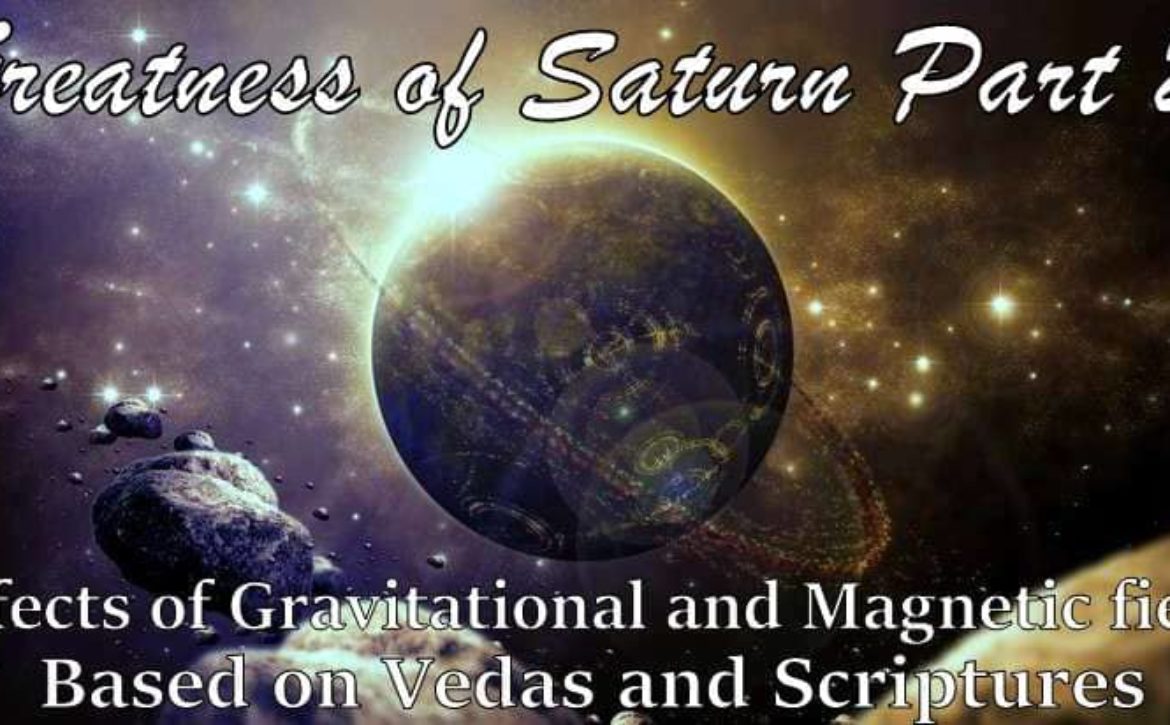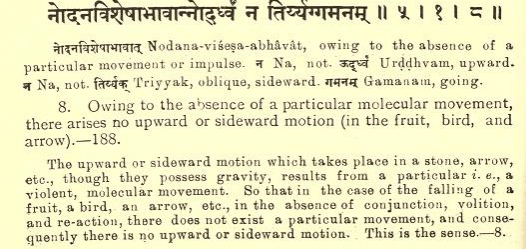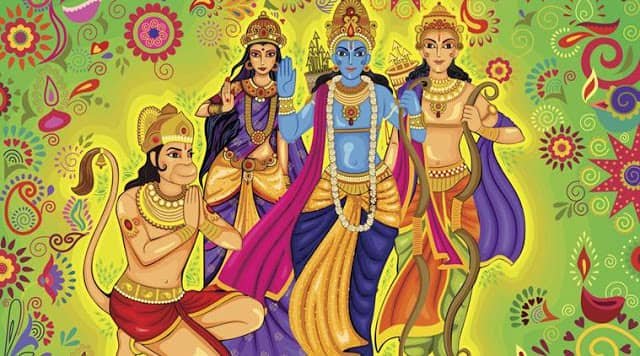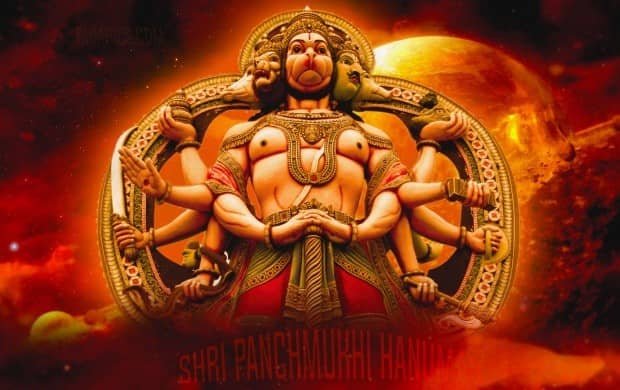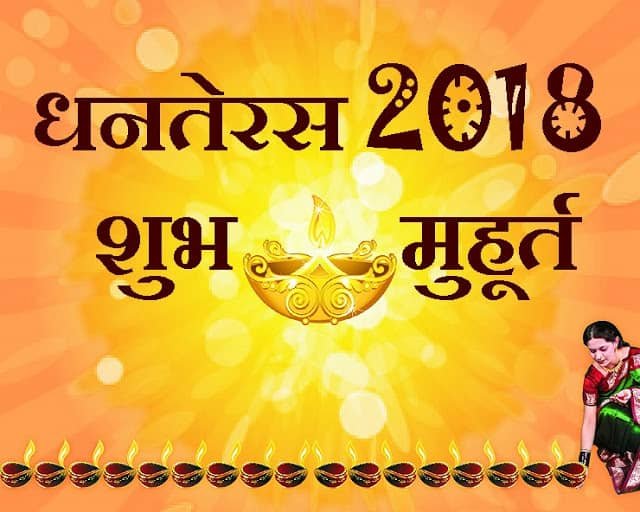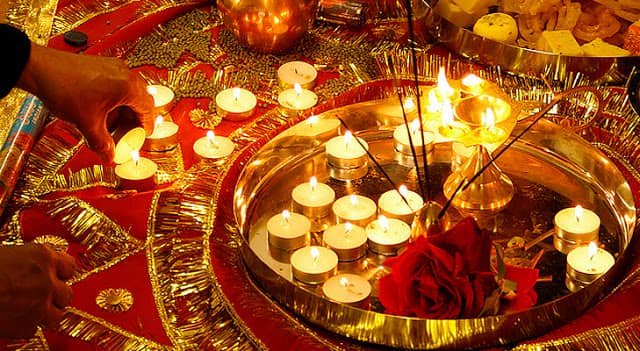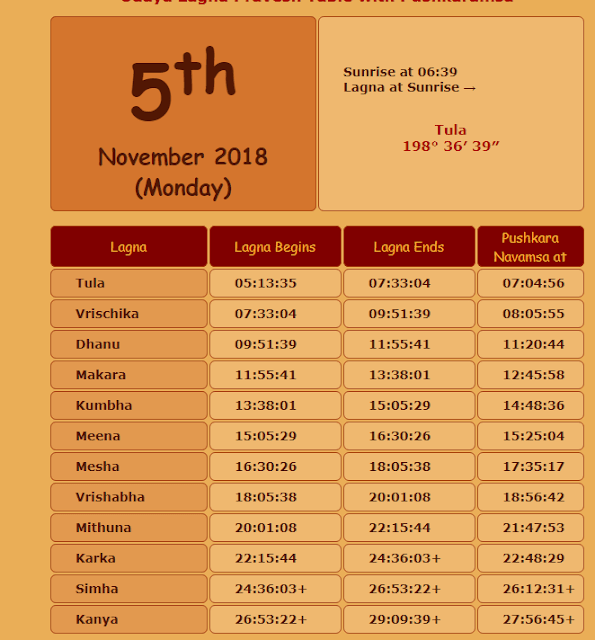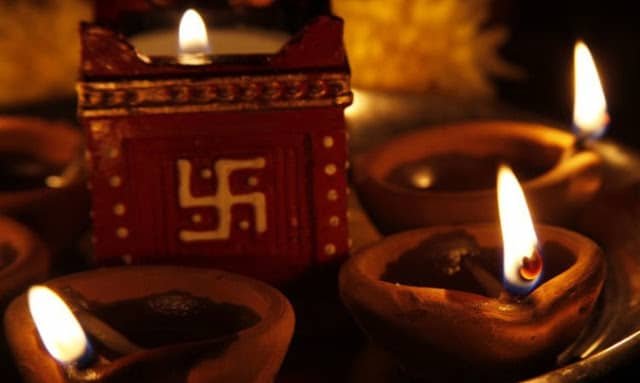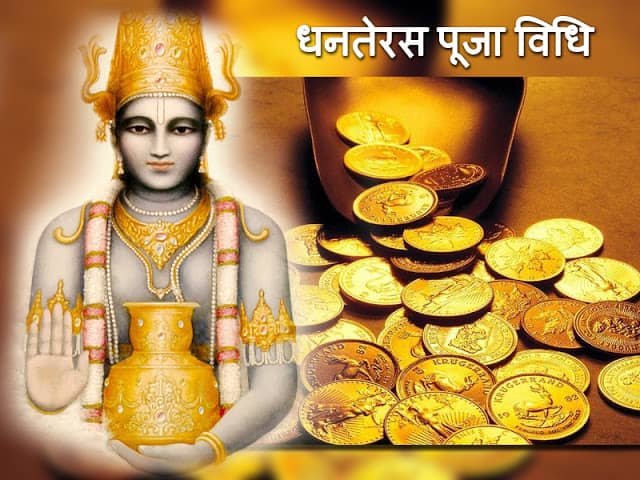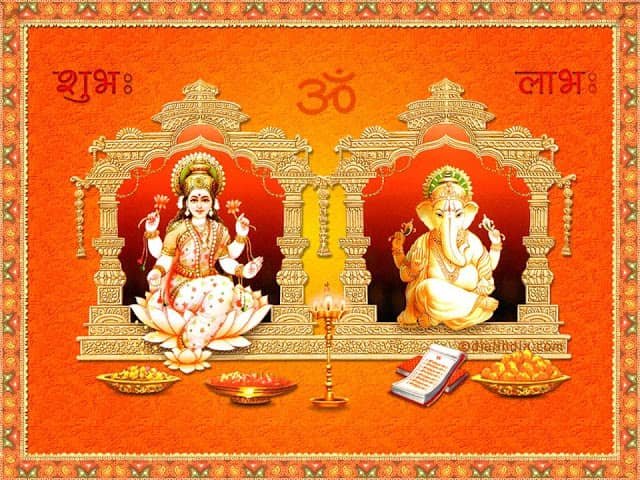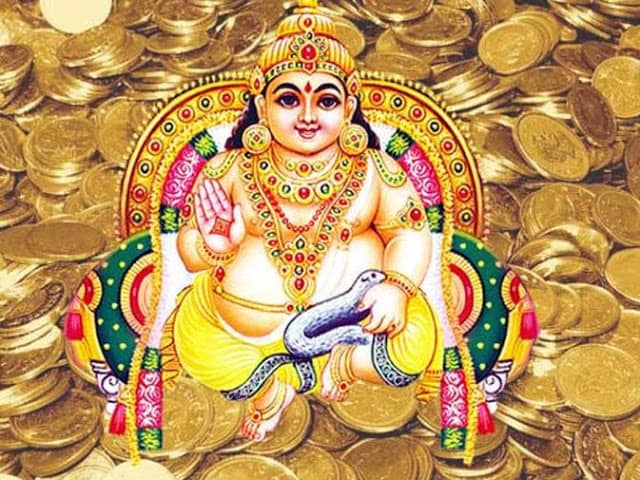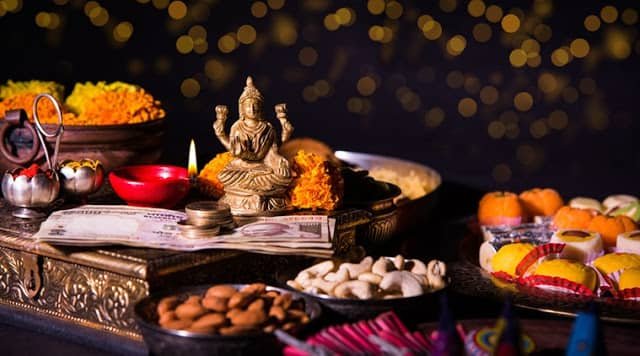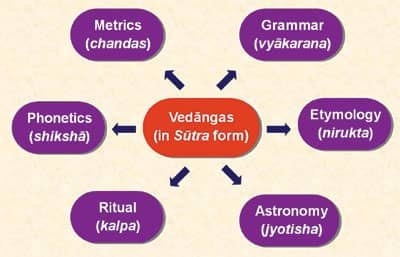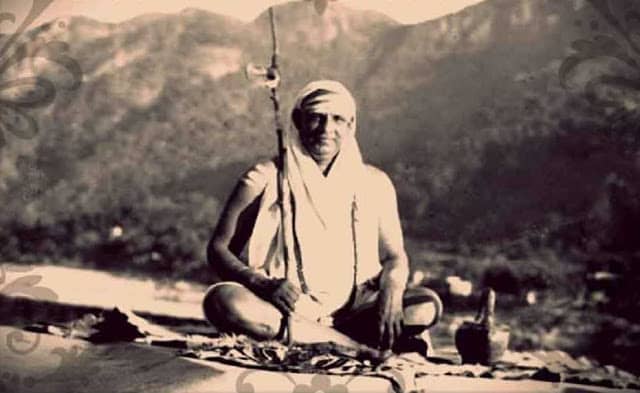This is an Article Compiled from the chapters of ” Lord Shiva and his worship ” Book Written by Swami Sivananda
Shared for the Knowledge purpose for public benefits to get Detailed view on Lord Shiva by Swami Sivananda Philosophy. As I am deeply infatuated by the Wisdom of the Swami Sivananda on Lord shiva so i have presented his peace of work on Shiva for the people reading interest.Readers can buy the Original Book from the Amazon or flipkart.com

We comprehend (realise) that Celebrated Supreme Being (Purusha), and meditate upon that Great God, Mahadeva; may that Rudra impel us to do so. This is the Rudra Gayatri Mantra.
(Shiva Gayatri Mantra)
Who is Shiva?

In Me the universe had its origin,
In Me alone the whole subsists;
In Me it is lost—Siva,
The Timeless, it is I Myself,
Sivoham! Sivoham! Sivoham!
” Salutations to Lord Siva, the vanquisher of Cupid, the bestower of eternal bliss and immortality, the protector of all beings, destroyer of sins, the Lord of the gods, who wears a tiger-skin, the best among objects of worship, through whose matted hair the Ganga flows.
Lord Siva is the pure, changeless, attributeless, all-pervading transcendental consciousness.
He is the inactive (Nishkriya) Purusha. Prakriti is dancing on His breast and performing the creative, preservative and destructive processes.”
View of the Swami Sivananda on Lord Shiva from His Book ( Lord Shiv and His worship)
By Swami Sivananda
” When there is neither light nor darkness, neither form nor energy, neither sound nor matter, when there is no manifestation of phenomenal existence, Siva alone exists in Himself.He is timeless, spaceless, birthless, deathless, decayless. He is beyond the pairs of opposites. He is the Impersonal Absolute Brahman. He is untouched by pleasure and pain, good and evil. He cannot be seen by the eyes but He can be realised within the heart through devotion and meditation.”
” Siva is also the Supreme personal God when He is identified with His power. He is then omnipotent, omniscient active God. He dances in supreme joy and creates, sustains and destroys with the rhythm of His dancing movements.
He destroys all bondage, limitation and sorrow of His devotees. He is the giver of Mukti or the final emancipation. He is the universal Self. He is the true Self of all creatures. He is the dweller in the cremation-ground, in the region of the dead, those who are dead to the world.
The Jivas and the world originate from Him, exist in Him, are sustained and rejected by Him and are ultimately merged in Him. He is the support, source and substratum of the whole world. He
is an embodiment of Truth, Beauty, Goodness and Bliss. He is Satyam, Sivam, Subham, Sundaram, Kantam.
He is the God of gods, Deva-Deva. He is the Great Deity—Mahadeva. He is the God of manes (Prajapati). He is the most awe-inspiring and terrifying deity, Rudra, with Trisul or trident in
His hand. He is the most easily pleased (Asutosha). He is accessible to all. Even the untouchable Chandalas and the illiterate rustics can approach Him.
He is the source of all knowledge and wisdom. He is an ideal Yogi and Muni. He is the ideal head of an ideal family with Uma as His devoted wife, Lord Subrahmanya, the brave general of
strength and courage, Lord Ganesa, the remover of all obstacles.
The Sadasiva
At the end of Pralaya, the Supreme Lord thinks of re-creation of the world. He is then known by the name Sadasiva. He is the root-cause of creation. From Sadasiva creation begins. In Manusmriti He is called Svayambhu. Sadasiva is unmanifested, He destroys the Tamas caused by Pralaya and shines as the self-resplendent light bringing forth the five great elements, etc., into being.
The Siva Purana says that Siva is beyond both Prakriti and Purusha. Siva is Mahesvara. He is the witness, well-wisher and nourisher of all beings.
The Gita says:
‘Upadrashtanumanta cha bharta bhokta mahesvarah’.
Mahesvara conducts the work of creation according to His will and pleasure.
The Sruti says,
‘Mayam tu prakritim viddhi mayinam tu mahesvaram’.
Know Prakriti to be Maya and Mahesvara to be the wielder of Maya or Prakriti.
The Sakti of Siva works in two different ways. Mula Prakriti
and Daivi Prakriti. Mula Prakriti is Apara Prakriti from which the five elements and other visible objects and the Antahkarana are evolved. Para Prakriti is Chaitanya Sakti which converts the Apara
Prakriti and gives name and form to it. Apara Prakriti is Avidya and Para Prakriti is Vidya.
The controller and dispenser of these two Prakritis is Lord Siva.
Siva is distinct from Brahma, Vishnu and Rudra.
Lord Siva is the Lord of innumerable crores of Brahmandas or worlds. Isvara united with Maya gives rise to Brahma, Vishnu and Rudra out of Rajas, Sattva and Tamo Gunas respectively, under the command of Lord Siva. Brahma, Vishnu and Rudra are the trinities of the world.
There is no difference among the trinities, Brahma, Vishnu and Rudra. By the command of Mahesvara these three do the creative, preservative and destructive duties of the world. The work of all the three deities is done conjointly. They all have one view and one definite purpose in creating, preserving and destroying the visible universe of names and forms. He who regards the three deities as distinct and different, Siva Purana says, is undoubtedly a devil or evil spirit.
The Lord who is beyond the three Gunas, Mahesvara, has four aspects: Brahma, Kala, Rudra and Vishnu. Siva is the support for all the four. He is the substratum for Sakti also. Siva is distinct from the Rudra included in the trinities. Rudra is really one though according to the different functions He is considered to have eleven different forms.
The first face of Siva does Krida or play, the second does penance, the third destroys or dissolves the world, the fourth protects the people and the fifth, being knowledge, fully covers the entire universe by its power.He is Isana the creator and promoter of all beings, from within.The first form of Siva is the enjoyer of Prakriti as Kshetrajna Purusha. The second is Tatpurusha resting in Sattva-guna, rooted in Bhogya-Prakriti, the Prakriti-enjoyed. The third is Ghora rooted in the eightfold Buddhi like Dharma, etc.
The fourth is Vamadeva rooted in Ahankara and the fifth is Sadyojata, the presiding deity of the mind. The eight forms of Siva are Sarva, Bhava, Rudra, Ugra, Bhima, Pasupati, Isana and Mahadeva, rooted respectively in earth, water, fire, air, ether, Kshetrajna, sun and moon.”
(Source and Reference: Lord Shiva and his worship by Swami Sivananda)
